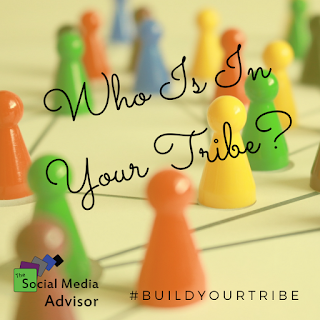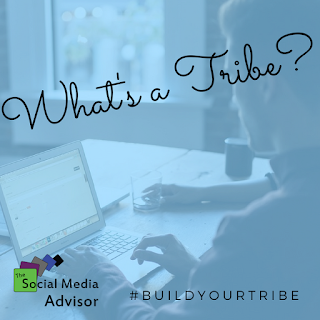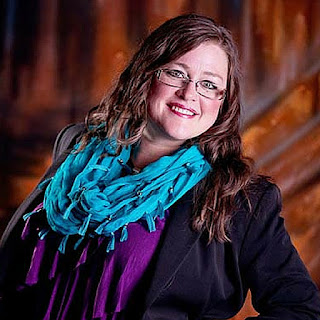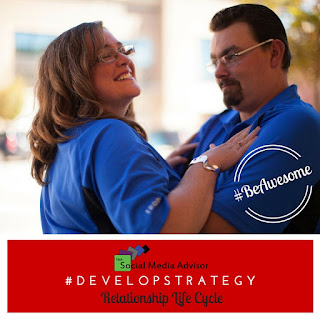#BuildYourTribe – Who is in Your Tribe?
Finding your tribe, your group of true fans, committed followers, and influencers, is a challenging prospect for many. What if I told you that you already have a community waiting for you? They’re out there. You just have to help them find you.
The best part is…you may have already found your core group.
Start with ten people. Name ten people who have supported you and your dream in some way. Who is supporting you? Who makes a great team captain when you need it? Who do you rely on when your back is against the wall and you’re not sure where to turn? Write them down.
Those ten people are part of your tribe. If you can’t find those people, perhaps your work has been unfocused, scattered, or you haven’t invited others to join you. But if you have found them, let them know that they are on your team and that you appreciate them.
Remember, a tribe is a group of people who are passionate about you and what you’re passionate about. The key to engaging that audienceis by making them feel as though they are part of a bigger purpose. You can do that by helping them improve their lives: making them laugh, providing self-helps or how-tos, brightening their days with art and photography, and helping them feel respected or understood through your personal storytelling. It should always be about “us” rather than “me”.
Start with the group you have, whether it’s on Facebook (or some other social media site) or a current mailing list. Ask them “What is your biggest frustration with _____?” and fill in the blank with something you feel passionate about. When you get responses back, create engaging content that speaks to their frustrations and helps them solve that problem. You are on your way to building that rapport you need.
Here are a few tips to help you communicate with your tribe:
- You don’t have to be a perfect individual (This isn’t the same as grammatically perfect, by the way. Make sure your content is high-quality). As a matter of fact, your failures and struggles will connect you with your tribe in a way you never imagined. With every story you tell, however, make sure there is a light at the end of the tunnel. Show them the challenges you have overcome and they’ll love you for it.
- You need to empower your tribe and make them feel as though they are part of a larger picture. You can do this by asking them questions, creating a survey, letting them know how much they mean to you, etc.
- Know what you’re passionate about and commit to a path. If you knew that you already had a group of people who were passionate about you, how would you change the way you work? Would you stop campaigning? Stop chasing rainbows and “opportunities” at every corner? If you already had a core group of people clamoring for your content, what would you produce? That, more than anything, is what you should be doing.
- No two tribes are the same. There is no “right way” to go about this. You have to find your own way. And you know, what? You can do it.
Members of your community, or tribe, will eventually become brand advocates if you work on developing, connecting and nurturing them. That will mean the work of promoting your business can be shared with a tribe that respects you and is excited about what you are doing. This is exactly what it means to #BeAwesome with your work and truly make an impact.
Be sure to Follow us and Let’s Engage!
Hollie Clere of The Social Media Advisor is a “#BeAwesome” Developer, Social Media, Brand Builder, Content Manager, Trainer and Author in LinkedIn, Facebook, Twitter, Blog, Google+,YouTube, Pinterest, Instagram and the tools to manage them.
Click here for her Social Media Workshops, Classes and Seminars











